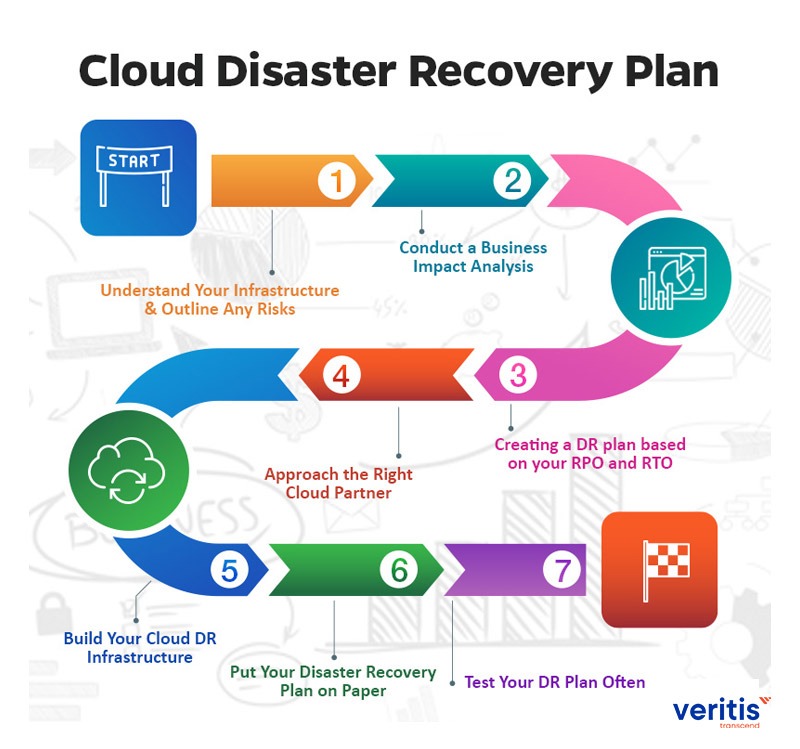Blogs 2
In the fast-paced world of technology, businesses need robust IT solutions to stay competitive and efficient. From managing workflows to securing sensitive data, these It management tools are critical to daily operations. Among them, IT management software stands out as an essential solution. Let’s dive into the top 5 IT solutions every business needs in 2024 and understand why IT management software is at the core of it all. 1. IT Management SoftwareEvery business, regardless of size, needs IT management software to ensure smooth and efficient operations. This tool centralizes IT processes, monitors performance, and resolves issues proactively. By using IT management software, companies can automate routine tasks, manage IT assets, and improve overall system reliability. The latest IT management software in 2024 includes AI-driven analytics, which helps predict system failures and optimize resource allocation. It’s a game-changer for businesses aiming to reduce downtime and improve productivity. 2. Cloud Computing Solutions It enables seamless data storage, application hosting, and collaboration, making it indispensable in today’s remote work environment. When paired with IT management software, cloud platforms can be monitored efficiently to ensure performance and security. Hybrid cloud solutions are particularly popular in 2024, offering the perfect blend of scalability and control. Businesses using cloud solutions alongside IT management software benefit from enhanced operational efficiency and real-time monitoring. 3. Cybersecurity ToolsWith cyber threats evolving rapidly, having a robust cybersecurity framework is essential. Tools like firewalls, antivirus software, and intrusion detection systems help businesses safeguard their digital assets. Integrating cybersecurity tools with IT management software provides an added layer of protection. This integration allows businesses to track potential threats in real-time, ensuring quick responses to any vulnerabilities. 4. Automation Tools for Business ProcessesAutomation tools help businesses streamline repetitive tasks, such as invoicing, reporting, and customer follow-ups. These tools free up employee time, allowing them to focus on strategic goals. When combined with IT management software, automation tools can be optimized for peak performance. Businesses leveraging this synergy see improved workflow efficiency and reduced operational costs, making automation a must-have in 2024. 5. Customer Relationship Management (CRM) SystemsCustomer satisfaction is key to success, and CRM systems help businesses achieve that by managing customer interactions effectively. From tracking sales to analyzing customer behavior, CRM tools provide valuable insights. By integrating CRM platforms with IT management software, companies can ensure smooth communication between systems, leading to better data accuracy and improved customer experiences. Why IT Management Software Is Indispensable in 2024In 2024, IT management software is the backbone of efficient operations. It serves as a centralized hub for managing and monitoring all IT-related tools and solutions. Whether it’s ensuring cybersecurity, optimizing cloud performance, or automating workflows, IT management software plays a critical role. Businesses using IT management software can gain deeper insights into their systems, improve decision-making, and achieve higher productivity levels. This solution is essential for staying competitive in an ever-changing digital landscape. Adopting the right IT solutions is crucial for business success in 2024. Tools like IT management software, cloud computing, and automation solutions help businesses enhance productivity, improve security, and scale efficiently. By integrating these technologies into their operations, companies can prepare for a future where digital transformation drives success.

